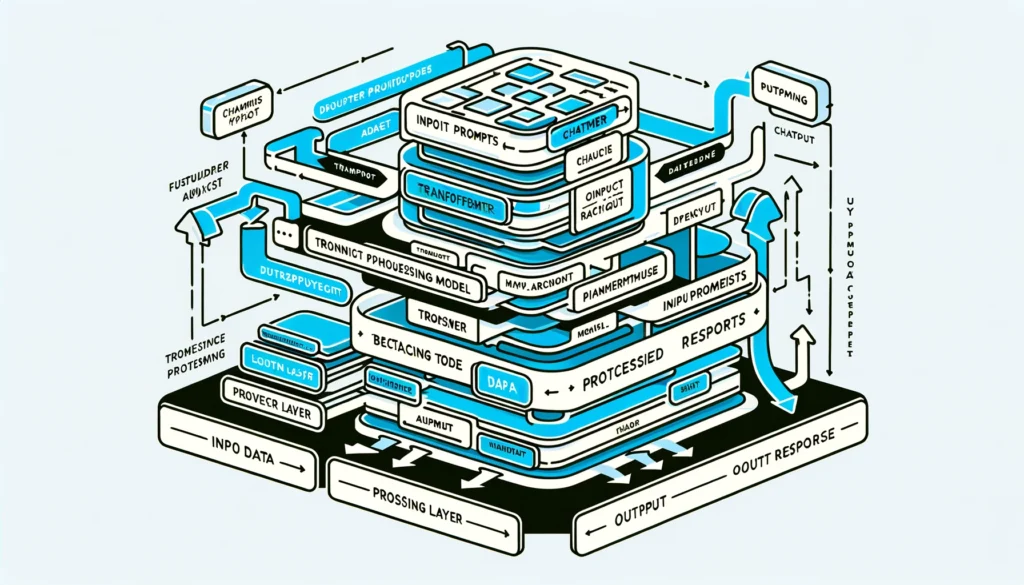
ChatGPT, developed by OpenAI, is a part of the Generative Pre-trained Transformer family, designed to simulate human-like text conversations. It operates on a transformer model, initially pre-trained on a vast dataset, then fine-tuned for specific tasks. This process enables ChatGPT to accurately interpret user prompts and generate relevant responses. Widely applicable, ChatGPT enhances customer service, content creation, and educational tools by providing interactions that closely mimic human responses. This AI tool not only understands language nuances but also delivers coherent replies, making it a powerful asset in advancing AI interactions within various digital environments.
Introduction: The Dawn of AI Dialogue Systems
The digital landscape has been profoundly reshaped by artificial intelligence (AI). Among the most groundbreaking tools is ChatGPT, developed by OpenAI. This blog post explores what ChatGPT is and how it operates, paving the way for future AI-driven conversations.
Understanding ChatGPT
ChatGPT is an advanced AI developed by OpenAI. It is part of the Generative Pre-trained Transformer (GPT) family. These models are designed to process and generate text that mimics human conversation. ChatGPT stands out for its ability to engage in dynamic dialogues. For a deeper dive into how GPT models work, visit OpenAI’s research page.
How ChatGPT Functions
ChatGPT utilizes a machine learning model known as a transformer. This model is trained on a diverse dataset of internet text. Initially, it undergoes extensive pre-training where it learns from the data. It is then fine-tuned with specific tasks in mind. This two-stage process equips ChatGPT to respond accurately to user prompts.
Operational Mechanics
- Analyzing the Prompt: First, ChatGPT interprets the input to understand the query’s context.
- Crafting a Response: It then uses this understanding to generate relevant and coherent responses.
Practical Uses and Implications
ChatGPT’s capabilities extend across various sectors. It can enhance customer service, power content creation, and even assist in education. Each application benefits from AI that can interpret and respond like a human. To see ChatGPT in action, explore its applications on OpenAI’s applications page.
Conclusion: The Future of AI Interactions
ChatGPT represents a significant advance in how machines understand and interact with humans. It not only understands the intricacies of language but also produces responses that feel surprisingly human. This blend of understanding and interaction is key to its success.
This exploration into ChatGPT not only educates but also inspires curiosity about the future of AI in our daily lives, promising a more integrated and intelligent digital environment.
